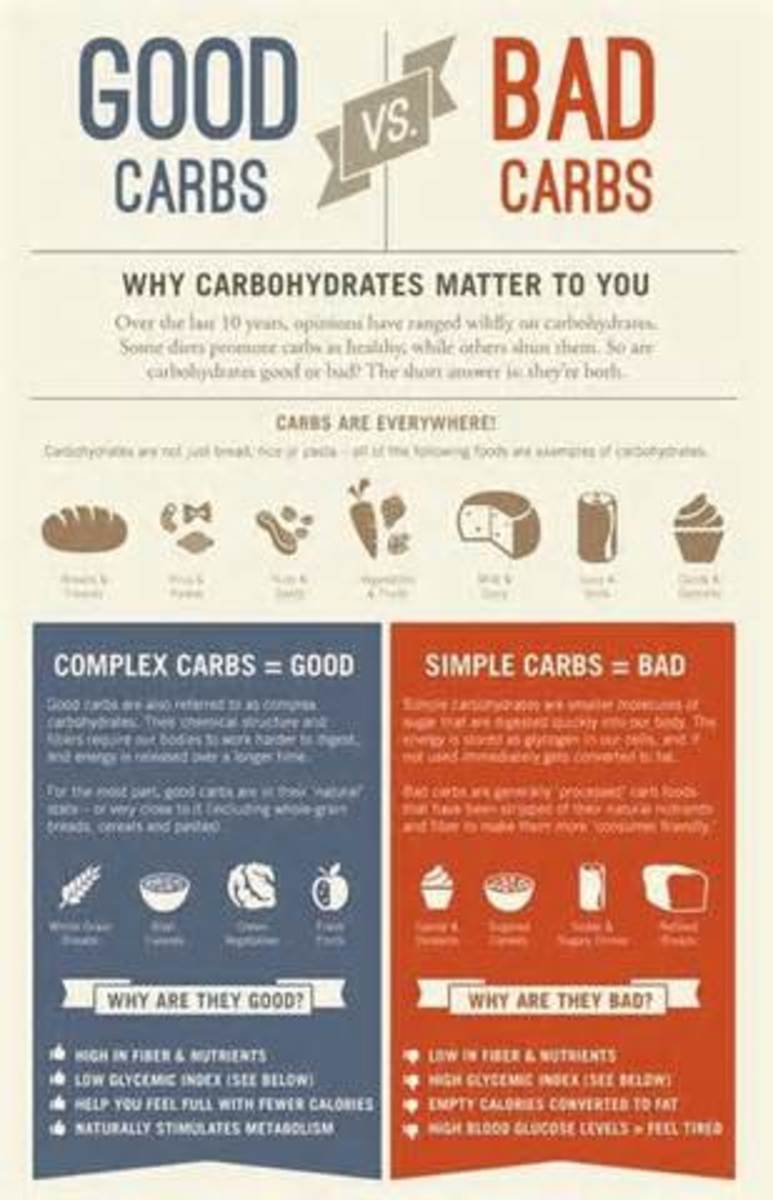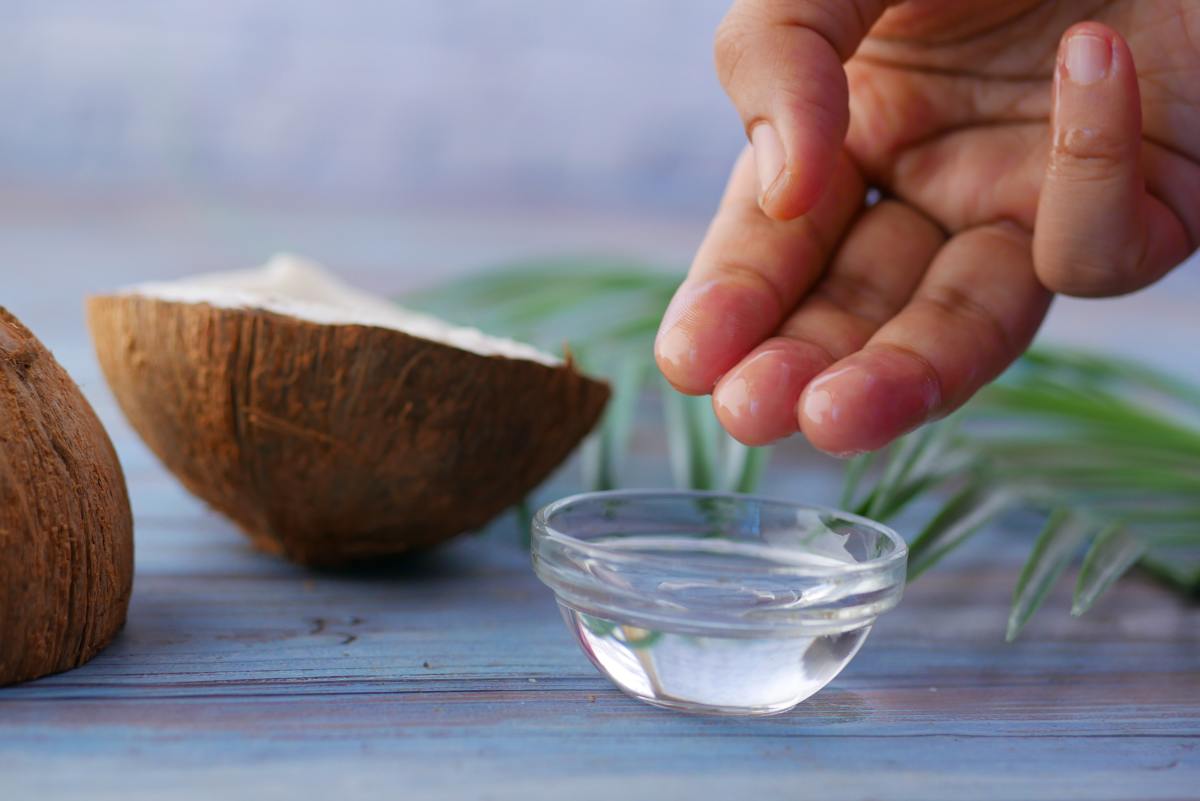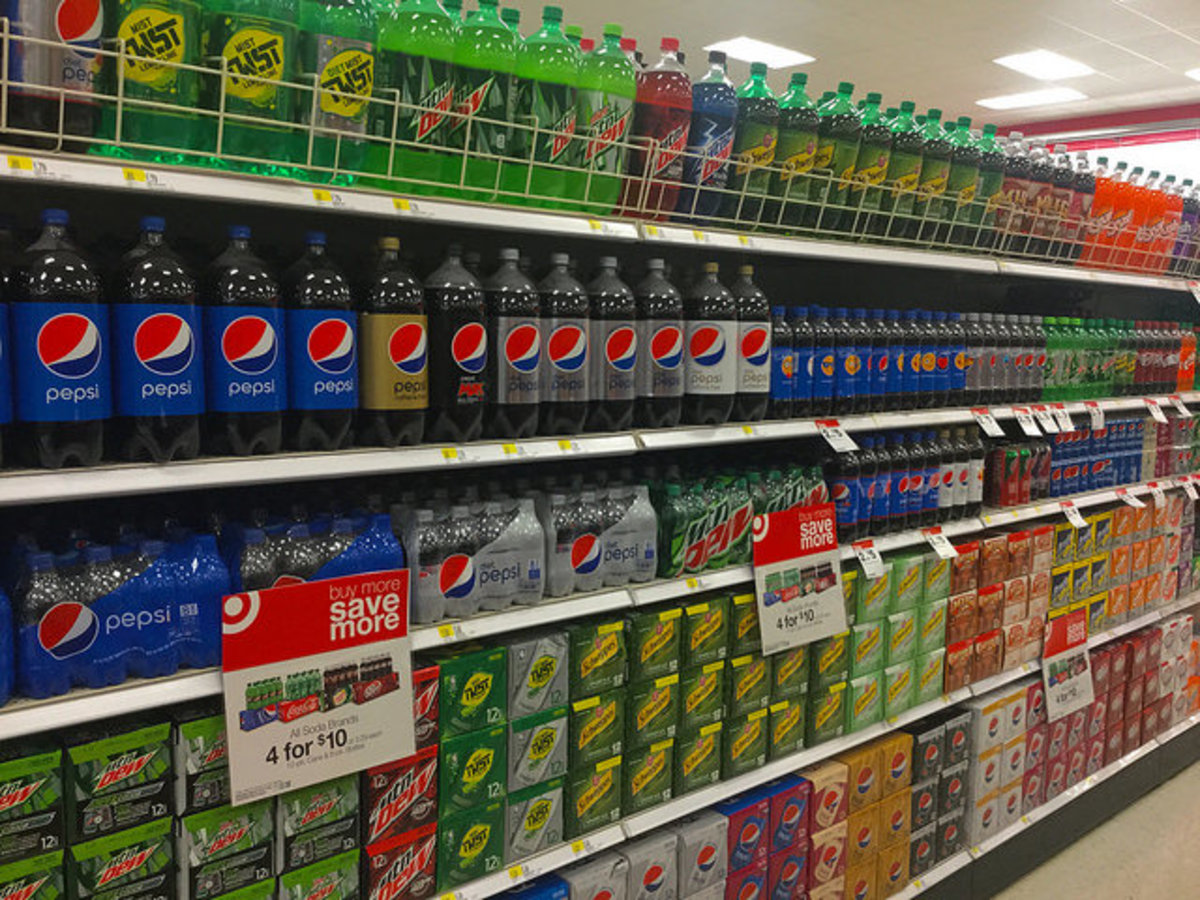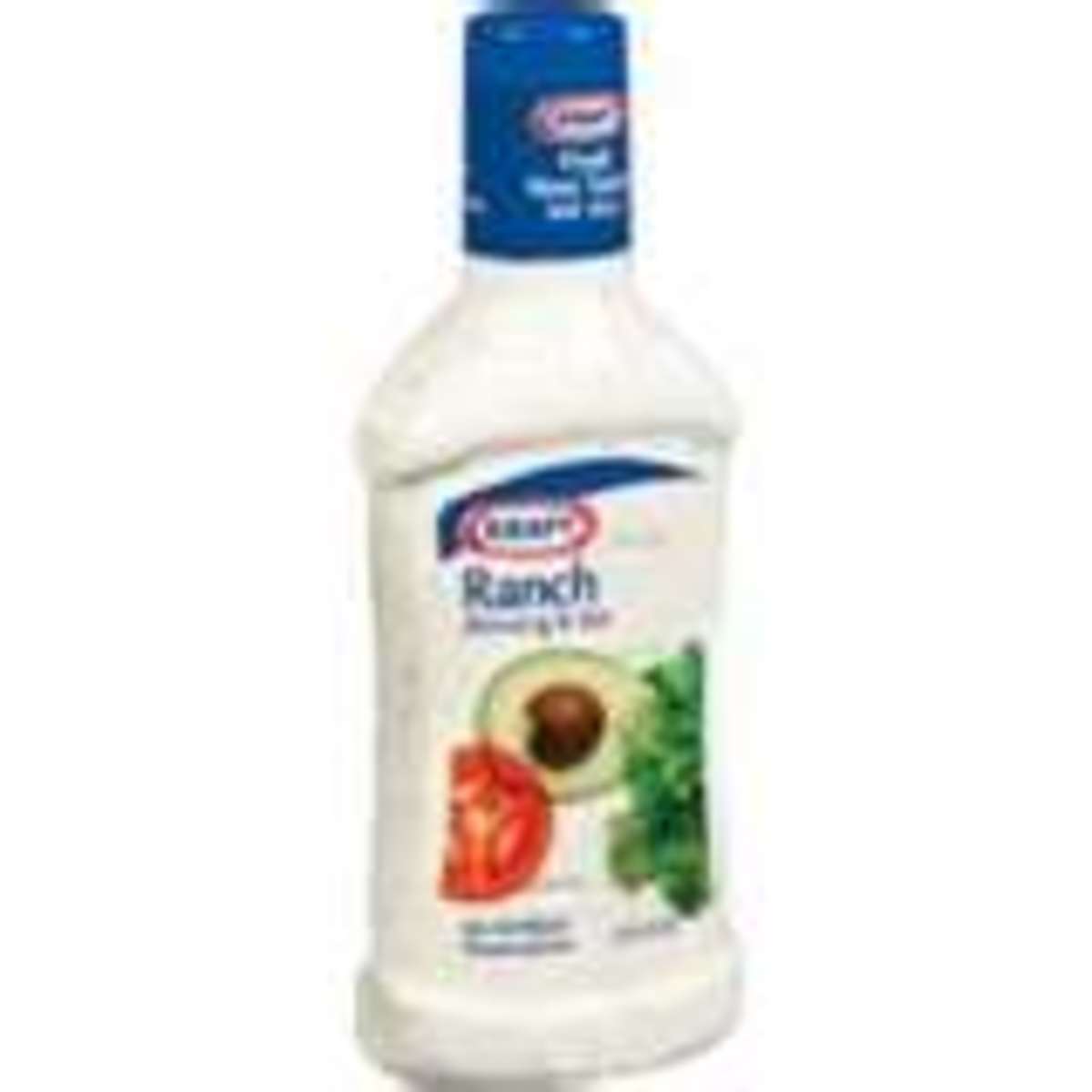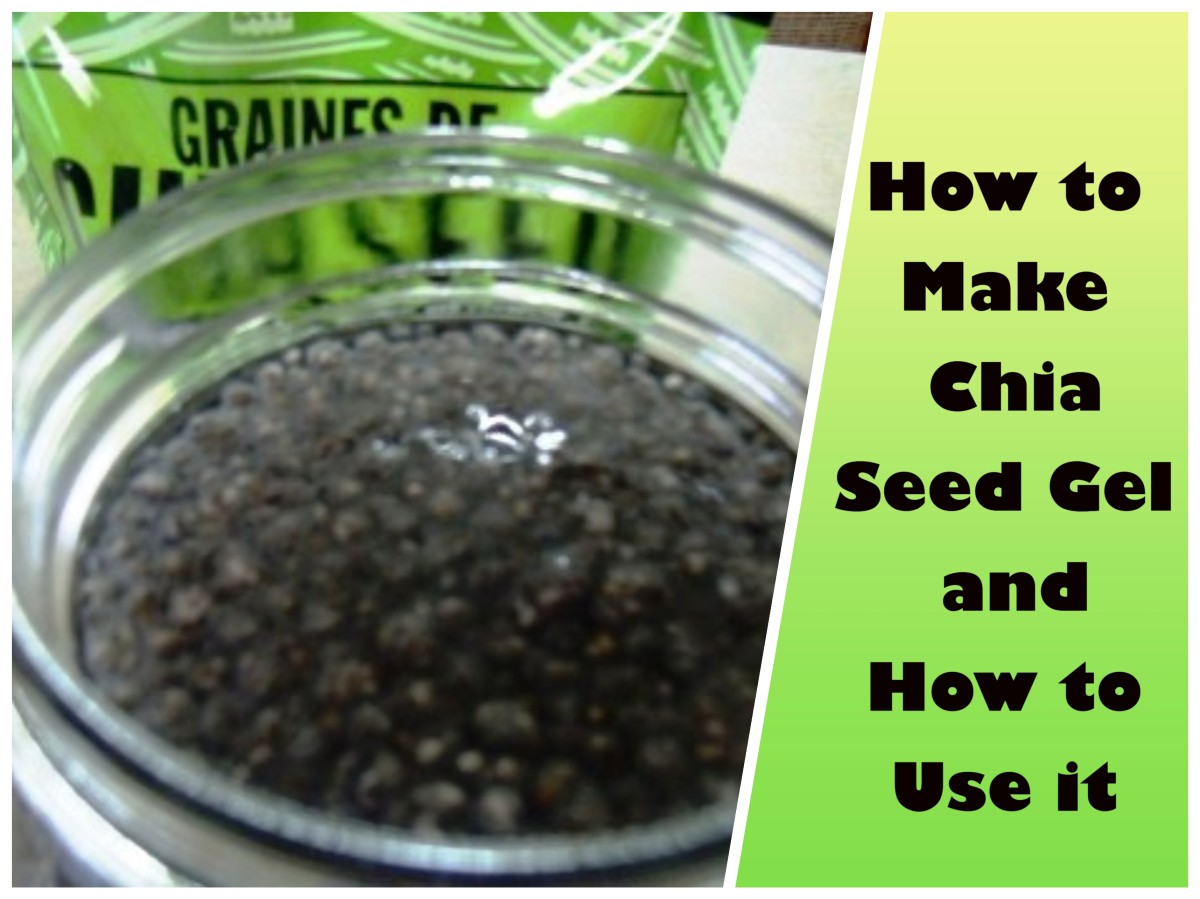What to Look For in Food Labels
The healthiest foods are the ones without packaging or labels. These are the fruits and vegetables, the lean meats and seafood. It is always better to eat whole natural foods rather than processed foods. It is the processed foods that comes in packaging with ingredients labels.
But of course there will be times when you need to buy food that is packaged. And it is not to say that food that comes in packages are not healthy. Some of them are. You just have to know how to read the ingredients labels to determine which are healthy and which are not.
How to Read Food Labels
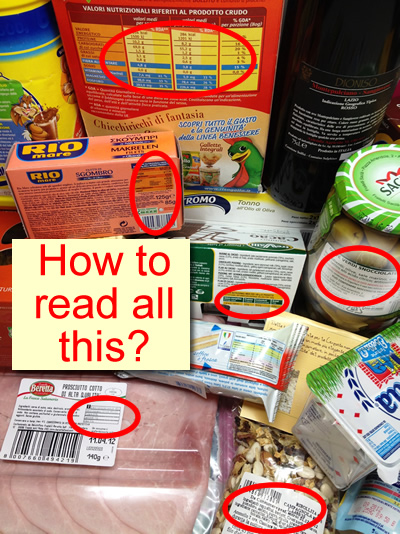
Avoid anything with high sugar content
When looking at food labels, the first thing that one should look at this the grams of sugar per serving. Obviously, the lower the better. Read more about why sugar is unhealthy, and is a leading cause of the obesity epidemic.
Sugar is a form of carbohydrate. But it is one of the worst types of carbohydrate. Sugar raises your blood glucose levels and increases the insulin hormone. This can lead to insulin resistance and metabolic syndrome which eventually leads to diabetes.
Avoid high carbohydrates
Other carbohydrates does this to a lesser extent, so next you want to check for grams of carbohydrate when analyzing food labels. When looking at the food label, it will often show the number of grams of carbohydrate and how many grams of those are sugar.
Avoid refined carbohydrates whenever possible. Refined carbohydrates are in cookies, pastry bread, and some pasta. Unrefined carbohydrates such as whole vegetables and fruits are great to eat.
The ingredient lists will list the most abundant ingredient first. So if sugar early in the list, that means that the product contains a large portion of sugar. If sugar is listed as the first ingredient, that means that sugar is the most abundant ingredient of the product.
In addition to looking for the word sugar in the ingredient list, look for other words that means the same as sugar. These are words that includes "high fructose corn syrup", fructose, dextrose, lactose, sucrose, glucose, corn syrup, and "fruit juice concentrate".
Avoid High fructose corn syrup
The worst of the sugars is "high fructose corn syrup".
The book UltraMind Solution says that "There are two toxic foods that everyone should eliminate from their diet today, immediately." [page 56]
What are those two ingredients? It is high fructose corn syrup ( sometimes abbreviated as HFCS) and hydrogenated fat.
Avoid trans fat
Trans fat, hydrogenated oils, hydrogenated fats, partially hydrogenated oils, partially hydrogenated vegetable oil are all referring to the same thing. If you see any of these in the ingredients label, don't buy it.
These types of hydrogenated fats are created in the manufacturing plants by injecting hydrogen into liquid vegetable oils to make the fat more malleable and solid at room temperature.
They are the worst kinds of fats because they are inflammatory and negatively affect the body's cholesterol profile. A raise that bad LDL cholesterol and lowers the good HDL cholesterol. This leads to a increase risk of coronary heart disease.
This type of fat is so bad that Denmark has banned any food that have more than 2% trans fat. [reference on MSNBC]
Look at Saturated Fat Content
Although not as bad as trans fat, another thing that you want to look at is the saturated fat content. It is true that saturated fat will raise total cholesterol. And it is true that saturated fat from animal meat may contain accumulated toxins by the animals. So we still should not consume it in excess.
However, there is a shift among health experts. Some believe that high sugar is worse than high saturated fat. Saturated fat may no longer be as bad as once thought.
A more accurate measure of health than total cholesterol is the ratio of the good and bad cholesterol. Although saturated fat raises the bad LDL cholesterol, some saturated fats also raises the good HDL cholesterol as well.
In the book Master Your Metabolism, it says ...
"Some researchers believe that saturated fat are not nearly as dangerous as has been suggested, because their effects on LDL and HDL actually canceled each other out." [page 98]
Look for simple ingredients.
In general, the ingredient list with simple, easy to recognize ingredients are healthier. And the fewer the ingredients listed the better.
Rule #19 from Michael Pollan's book, "Food Rules: An Eater's Manual" says ...
"If it came from a plant, eat it; if it was made in a plant, don't."
Try to avoid foods with ingredients containing words that you do not know, or containing scientific sounding terms concocted by the food science industry.
Note:
Article was written in April 2012 and this opinion at the time of writing. Author is not a medical professional and this is not medical advice.


